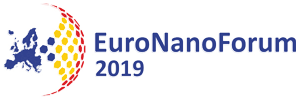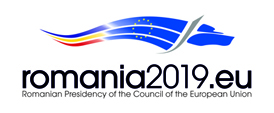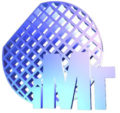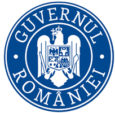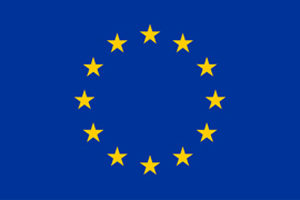Exhibitor profiles
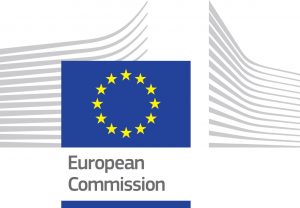
European Commission
Would you like to learn more about the funding possibilities in Horizon 2020, proposal submission, consortium building or the EU Participant Portal ?
Join us on the European Commission stand at the exhibition. A team of dedicated staff will be there to answer your questions.
Stand B4-B6

AMIRES
AMIRES is a consulting company for research, development and innovation projects. The main strength of AMIRES is the creation of new international sustainable partnerships within innovation focused value chains. AMIRES provides mix of complementary services necessary for initiating, planning, executing and managing successful cooperative research, development or innovation projects.
AMIRES activities focus on following strategic fields: Energy Efficiency, Additive Manufacturing, Photonics, Flexible Electronics and Regenerative Medicine and Medical Devices. Within the domain of Nanomaterials, AMIRES represents project OASIS – Open Access Single entry point for scale-up of Innovative Smart lightweight composite materials and components.
Moreover, AMIRES has developed AMIplexus, a cooperation visualization and search tool for projects funded within the European Union’s research and innovation framework programmes including H2020, FP7, Eurostars, and Eureka. AMIplexus uses data visualization for gaining a competitive edge in the development of innovation collaborative projects and provides a fundamental overview of any type of technology or application field.
Stand B1

CUPIDO
CUPIDO is an EU-funded project that aims to develop an innovative and patient-friendly drug delivery system for the heart: inhalable nanoparticles that can carry a therapy directly to the myocardial cells. The drug carriers in CUPIDO are biocompatible and biodegradable nanoparticles that load a therapeutic molecule for cardiovascular diseases.
Compared with traditional administration routes, CUPIDO approach aims to a faster, more efficient and heart-specific administration route, thus reducing side-effects and patient discomfort.
Since February 2017, the Consortium is working together to prove the preclinical feasibility. Come to our booth to discover more about the project.
Stand B2

C3HARME
C³HARME is a research project funded under the EU’s Horizon 2020 Framework Programme for Research and Innovation. Its main purpose is the design, testing and manufacturing of a new class of ceramic matrix composites based on ultra-high temperature ceramics reinforced with SiC or C fibers. The new UHTCMC materials should be suitable to operate in severe aerospace environments, with applications in rocket nozzles and vehicles for hypersonic re-entry. The 8M€ project, started in June 2016, involves 12 partners from 6 European countries. Come at our booth to see C3HARME prototypes and get to know the project.
Stand B3
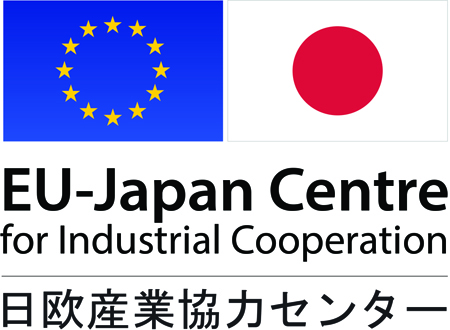
EU-Japan Centre for Industrial Cooperation
The EU-Japan Centre for Industrial Cooperation is a unique venture between is a joint venture between the European Commission Directorate-General for Internal Market, Industry, Entrepreneurship and SMEs (DG GROWTH) and the Ministry of Economy, Trade and Industry of the Japanese Government.. It is a non-profit organisation that aims at promoting all forms of industrial, trade and investment cooperation between the EU and Japan and at improving EU and Japanese companies’ competitiveness and cooperation by facilitating exchanges of experience and know-how between EU and Japanese businesses. The Centre organizes and manages annual missions to Japan in targeted key Business sectors: ICT, Biotech and Nanotech. The Nanotech Cluster/SME mission coincides with the “nano tech – International Nanotechnology Exhibition and Conference” in Tokyo. During the fair (3 days) participants will be able to showcase their technology and meet with potential Japanese partners. More information: https://www.eu-japan.eu/events/nanotech-cluster-sme-mission”
Stand B7

European projects in Nanomedicine
Nanomedicine is the application of nanotechnologies in healthcare. At ENF19, the ETP Nanomedicine (ETPN) presents 5 European Projects: NOBEL an ecosystem for the convergence of all emerging medical technologies in Europe, EUNCL the European Nanomedicine Characterisation Laboratory, REFINE a regulatory framework for the risk-benefit assessment of nanomedicines & biomaterials, NANOPILOT a pilot plant for the production of polymeric nano-pharmaceuticals, and SAFE-N-MEDTECH an open innovation platform accelerating the development of nano-enabled medical devices.
Stand B8-B9
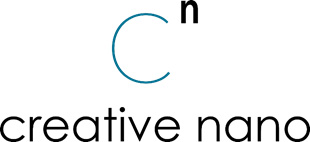
Creative Nano
Creative Nano is developing innovative custom solutions to meet customers particular requirements and specifications. Our proved experience in delivering prototyping solutions in surface finishing area and nano-chemistry, ensures the formulation/fabrication of a cost-effective, easily adaptable, tailor-made process that addresses unique operational needs. Cnano’s electroplating services cover a wide range of experimental scales, from lab-scale processes to semi-industrial pilot line production. Τhe transfer from the laboratory to the industrial scale poses a serious challenge due to the complexity of the new set of parameters. Creative Nano is a research intensive SME and at the moment is involved in 7 H2020 European research and innovation projects.
Products & Services: Cnano provides pilot/small batch production of innovative electroplated products, synthesis of advanced materials, measurement and characterisation of materials/surfaces as well as applied research services in all aspects where nanomaterials and nanotechnology are incorporated. Cnano has its own research facilities in Athens with a state of the art equipped laboratory (microscopes, spectrometers), along with the semi-industrial pilot plant (18 tanks with effective volume of 120 L per tank) for development and characterizations of functional nanomaterials and coatings.
Stand B10

UEFISCDI is a public entity of the Central Administration under the ultimate authority of Ministry of National Education (MNE). UEFISCDI implements, under the supervision of its advisory councils, four out of the five programs of the National Plan for Research, Development and Innovation 2015 – 2020 (PN III), financing mainly research and innovation projects, fellowships (Phd. Students, postdoctoral research), scientific mobilities, awards for excellence in research (publishing articles in the top scientific journals, participation in the Horizon 2020 projects).
Externally, UEFISCDI acts for the promotion of Romanian R&D and its integration in the international scientific community, by:
- Cooperating with similar organizations in Europe and worldwide;
- Supporting to Romanian R&D actors to develop international partnerships.
UEFISCDI is involved in over 40 international projects, most of them under ERA-NET Scheme FP7/ H2020 and UEFISCDI has strategic partnerships & cooperation agreements with the following organizations: Swiss National Science Foundation (SNSF), L’Agence nationale de la recherché (ANR), RCN Norway&RANNIS Iceland, Rectors’Conference of the Swiss Universities CRUS.
Stand B11
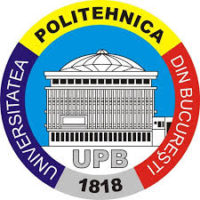
University POLITEHNICA of Bucharest
University POLITEHNICA of Bucharest is the oldest and most prestigious engineer school in Romania. Its traditions are related to the establishment, in 1818, by Gheorghe Lazăr, of the first higher technical school with teaching in Romanian
The Center for Advanced Research on New Materials, Products and Innovative Processes – CAMPUS – is the UPB’s flagship advanced research & development center for multi- and inter- disciplinary technologies.
CAMPUS is uniquely designed, both from the infrastructure point of view, as well as functionality.
CAMPUS integrates 43 research labs, spread over more than 8,000 square meters, equipped at high standards. The labs are connected in a complete inter-disciplinary technological flow, starting with the study of materials (e.g., chemical engineering), going to electrical engineering and electronics (e.g., circuits, antennas), power and mechanics (e.g., alternative energy sources, environmental protection), and then telecommunications, information technologies (e.g., multimedia processing) and computer science (e.g., artificial intelligence).
Stand B12-B15
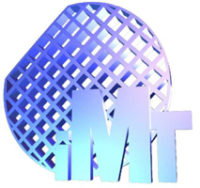
The National Institute for Research and Development in Microtechnologies – IMT Bucharest was set up at the end of 1996. The institute is the successor of Institute for Microtechnologies-IMT, funded in 1993, which merged with Research Institute for Electronic Components, founded in 1969.
IMT – Bucharest is an internationally competitive organization, involved in world class research.
IMT-Bucharest is an important actor in Romania in its field of activity: micro and nanoelectronic components and systems, smart sensors, micro and nanotechnolog. The institute besides research is involved in education, technology transfer, offering services for industry.
The institute was/is running many national and international projects (H2020, ECSEL, ERANET, ESA, etc).
IMT is organizes in 4 departments which grouped 11 research laboratories.
IMT’s infrastructure is organized in two main technological facilities: IMT-MINAFAB (Facility for Design, Simulation, Micro- nanofabrication of electronic devices and systems) and CENASIC (Research Centre for Integrated Systems, Nanotechnologies and Carbon Based Nanomaterials).
Stand B12-B15
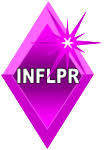
National Institute of Materials Physics-Romania
The Institute of Physics of the Romanian Academy was established in 1949. The Institute of Physics and Technology of Materials came into being in 1977 by the union of some laboratories belonging to the Bucharest Institute of Physics and the Institute of Atomic Physics (IFA-Bucharest).The actual name (National Institute of Materials Physics-NIMP) was given in 1996 after a national accreditation procedure.
Its misssion is:
- The preparation, characterization and study of the physical properties of new materials connected to high technology products and devices
- The development of analytical techniques and methods applied in materials science
- Training of young scientists, PhD and MSc students,students and technicians
- Supply the public institutions and companies with the Institute.s R&D know-how and expertise
- Collaboration with the universities and other higher education establishments
- Development of international collaboration, especially based on EU funded projects
The National Institute for Laser, Plasma & Radiation Physics (INFLPR) is an independent, national important research institution established by the Government of Romania. INFLPR was founded in 1977, with the mission to advance the knowledge in several strategic areas of the sciences and technologies related to laser, plasma, and radiation physics. In 1996 INFLPR was reorganized to include the Institute of Space Sciences.
The institute employs 447 researchers and administrative staff to conduct frontier research ranging from basic photonic materials and high power lasers, nanomaterials and nanotechnologies, quantum dots and information technologies, plasma physics and X-ray microtomography to industrial photonics, biophotonics and plasma coatings. ISS branch conducts research on astrophysics, space engineering and gravitation.
INFLPR is currently a member of the EURATOM association, a partner in the Extreme Light Infrastructure (ELI), partner in LASERLAB EUROPE, ALICE, and a leader in many projects funded by the EU, NATO, and other international organizations.
The Institute currently consists of six large research departments, the Center for Science Education and Training and ISS branch.
Stand B12-B15

The beginning of the National Institute of Research and Development for Technical Physics (NIRDTP) is marked in 1951 when, in the frame of Romanian Academy – Iaşi branch, the Physical and Technical Research Division was founded under the leadership of Prof. Teofil T. VESCAN and scientific coordination of Prof. Stefan PROCOPIU. The Physical and Technical Research Division later became the Technical Physics Centre (1977) under the coordination of the National Committee for Nuclear Energy of Romania. In February 1990, the Technical Physics Centre became the Institute of Technical Physics Iaşi, unit with legal personality, component of the Institute of Atomic Physics of Bucharest. In 1996, the institute has been assessed and accredited as National Institute of Research and Development for Technical Physics.
NIRDTP conducts research, development and innovation activities in the field of materials with novel structures and properties, devices, apparatus and equipment based on such materials, new preparation methods and characterisation techniques and non-destructive evaluation, electrical and magnetic separation methods, special materials and devices with applications in engineering, medicine and biotechnology.
The main scientific and technological research activities are focused on:
• Fundamental research: new models and phenomena, new theoretical aspects;
• Applied research: new materials and applications, new R&D equipment;
• Technological research: novel technologies for manufacturing new materials, including nanomaterials and nanostructured/nanocomposite materials; design and fabrication of new devices and technological equipment;
• Laboratory-scale production: materials, devices, systems and equipment for both laboratory research and small-scale production activities.
Stand B12-B15

Researchers and designers of 3 different organizations merged into one single entity: the Institute of Non-ferrous and Rare Metals – IMNR.
The institute focused on the promotion of hundreds of technologies, feasibility studies, and complex projects in the industry field.
Over 220 new alloys (powders, bands, wires, etc.) were made within IMNR for national economic agents as well as for export.
IMNR became National Institute of Research and Development with a new organizational structure consisting of 4 big laboratories:
• Ecotechnologies and environment protection
• Advanced materials and technologies
• Nanostructured materials
• Physical-chemical and structural analyses
The Centre for Technology Transfer in Advanced Materials was created. The institute continued the micro-production of new materials.
The professional value of the IMNR specialists allowed the institute to win over 20 projects financed by NATO, European Commission, Switzerland, Japan, France, in international competitions.
Stand B12-B15

RAITH
Raith is a leading precision technology solution provider for electron beam lithography, focused ion beam (FIB) tools, nano engineering and reverse engineering applications.
Customers include universities and other organizations involved in various fields of nanotechnology research and materials science – as well as industrial and medium sized enterprises that use nanotechnology for specific product applications or produce compound semiconductors. Founded in 1980 and headquartered in Dortmund, Germany, Raith employs more than 250 people. The company works as closely as possible with customers in the most important global markets, through subsidiaries in the Netherlands, the USA, and Asia and through an extensive partner and service network across the world.
High frequency electronics (for satellite communication, telecom, aviation), lasers for telecom and environmental sensing (DFB laser and related devices), quantum computing devices (photonic and cryogenic devices), advanced optical devices (for virtual and augmented reality solutions), bio sensors (lab on chip), security label mastering (banknotes) are examples of “real world applications” covered by RAITH lithography tools.
RAITH’s reverse engineering tools are in use for integrated circuit hardware verification and clarification for cryptographic devices and patent infringement intelligence.
RAITH’s entry level tools are the gold standard for basic nano research at universities.
More information about the company and products is provided here: www.raith.com.
Stand B17
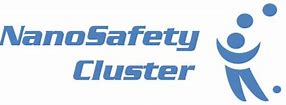
NanoSafety Cluster
Visit the NanoSafety Cluster stand and meet 16 projects funded through Europe’s Horizon2020 programme that aim to deliver next generation safety and innovation for nanomaterials.
Projects showcase are ACEnano, BIORIMA caLIBRAte, Gov4Nano, gracious, LORCENIS, ModComp, NanoCommons, nanoFASE, NanoInformaTIX, NECOMADA, npscope, nTRACK, RISKGONE, PATROLS and SmartNanoTox.
Take part in activities on the stand for delegates, including mini-workshops and discussion groups on key aspects of nanosafety advances, including reduced animal use, translation into industry, the power of data and risk governance.
Stand B18-B20
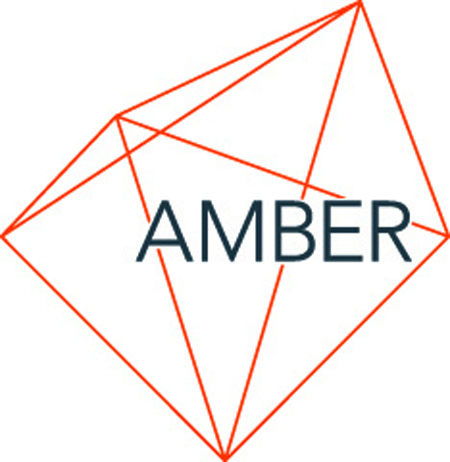
AMBER Research Centre
AMBER (Advanced Materials and BioEngineering Research) is a Science Foundation Ireland funded centre that provides a partnership between leading researchers in materials science and industry. We are researching materials that will transform everyday products of the future, from mobile phones to knee implants, batteries to beer bottles. AMBER brings together Ireland’s leading material science researchers working across the disciplines of Physics, Chemistry, Bioengineering and Medicine; with an international network of collaborators and companies.
The clustering of material science research expertise, state of the art infrastructure and a team of professional support staff has enhanced Ireland’s international reputation in materials science research and driven increased investment from industry. Ireland’s International ranking in the areas of nanoscience and materials science has increased from 6th and 8th respectively in 2013 when the Centre was established to 2nd and 5th in 2018. This ranking is based on publications and citations.
AMBER is jointly hosted in Trinity College Dublin by CRANN and the Trinity Centre for Bioengineering, in collaboration with University College Cork, the Royal College of Surgeons in Ireland, the University of Limerick, The National University of Ireland, Galway, Athlone Institute of Technology, Dublin City University and the Tyndall Institute.
Stand T4
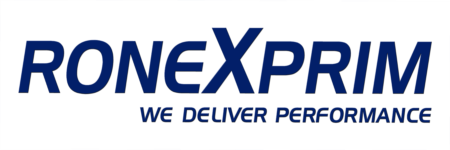
RONEXPRIM
Ronexprim delivers advanced characterization and measuring systems manufactured by world-renowned companies like Thermo Fisher Scientific, Malvern Panalytical, Edax Ametek, Fluke, Kruss, Nanonics Imaging, PSL, Milestone and others, which brings high responsibilities to our customers. Superior technical solutions in materials science and life science; nanotechnology and nanomaterials; physics, chemistry and engineering; petrochemical and petroleum are sustained by specialized training, support and maintenance.
Stand T9
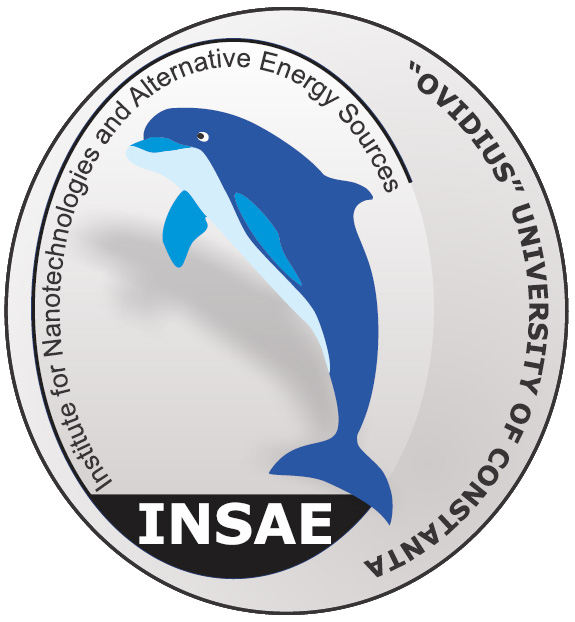
INASE
The Institute for Nanotechnologies and Alternative Sources of Energy – INASE, part of “Ovidius” University of Constanta is specialized in the development of scientific researches, tests and other types of experimental investigations, numerical modeling, simulation and characterization of nanomaterials, development of nanotechnologies as well as their applications in the field of energy, advanced materials for different industry applications and other fields.
The Institute offers the following services:
– direct assistance for enterprises for identification of their knowlege gaps and innovation needs;
– direct access of enterprises to INASE facilities and research equipment, in order to perform analyzes, tests, experiments, etc., needed for development of new products, methods and technology improvement through integration of nanotechnologies and nanomaterials;
– transmission of research & development skills and competences, including contractual research, executed at the request of the enterprise (R&D activities provided by the research organization) and detachment of specialized personnel from INASE to the enterprise.
– R&D services in direct collaboration with enterprises in order to develop applications involving nanomaterials and nanotechnologies.
Stand T10

NANORIGO – a Risk Governance Framework and Council for Nanomaterials and Nano-enabled Products
NANORIGO (NANOtechnology RIsk GOvernance) started on 1st January 2019. Coordinated by Aarhus University and involving 26 other partners from across Europe, this 50 month, €4.7 million project will develop and implement a transparent, transdisciplinary and active Risk Governance Framework (RGF) for manufactured nanomaterials and nano-enabled products. The RGF will be developed through engagement with stakeholders across research, industry, regulation and civil society, and will be based on high-quality scientific data and tools for the physicochemical (pc) characterization of nanomaterials, and the assessment of exposure, hazard and risk for humans and the environment.
To implement the RGF, NANORIGO will develop a sustainable, multi-stakeholder Nanotechnology Risk Governance Council (NRGC) to provide credible, transparent and objective advice to all stakeholder groups.
The NANORIGO consortium will work closely with the two other projects funded under the NMBP-13-2018 call: RiskGONE and Gov4Nano, to ensure a sustainable and equitable RGF and NRGC is developed for all.
Contact: nanorigo_at_bios.au.dk
NANORIGO has received funding from the European Union’s Horizon 2020 research and innovation programme under grant agreement No. 814530.
Stand T11
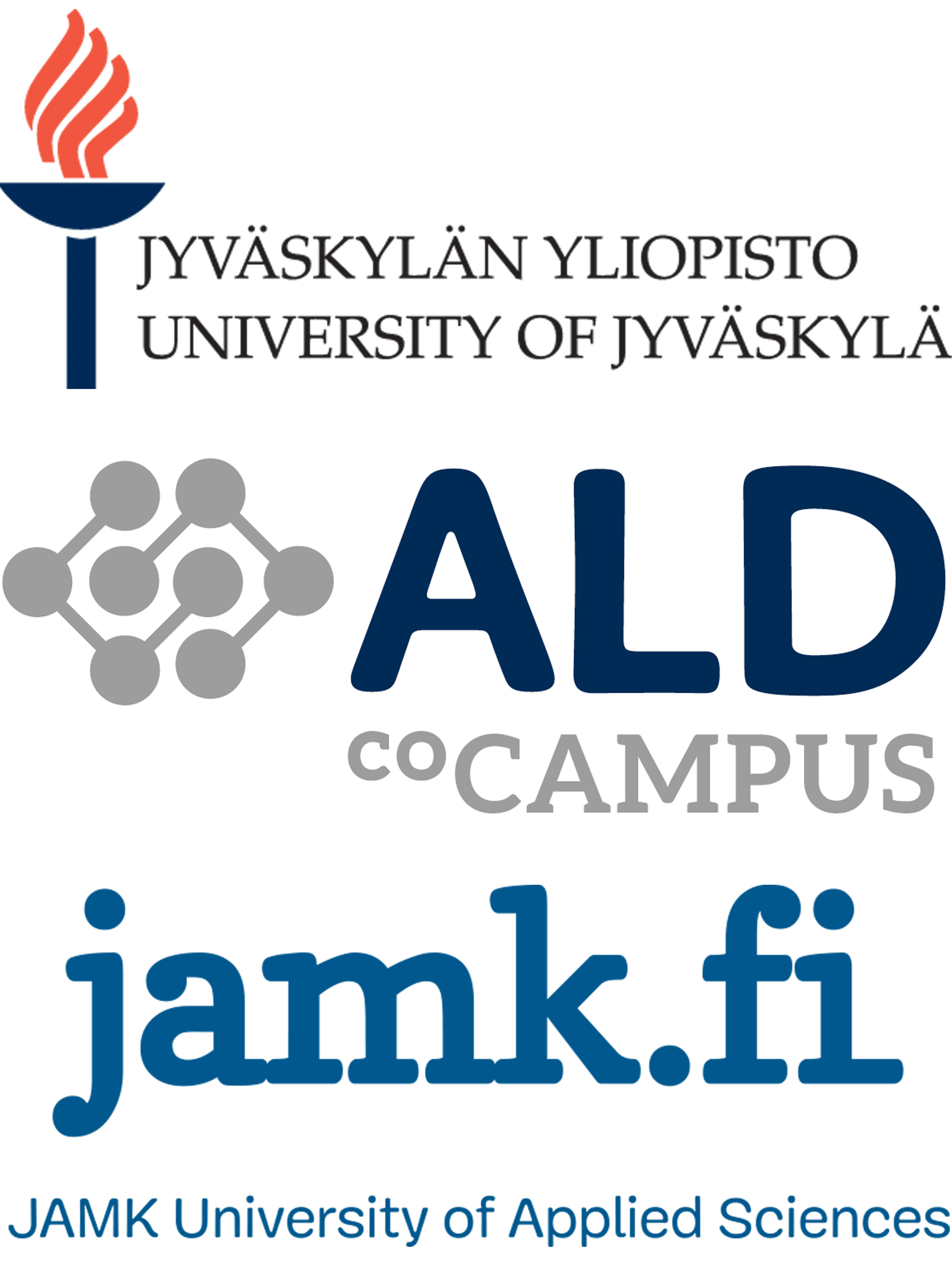
JAMK – ALD CoCampus
Roll-to-roll ALD and helium ion microscope (HIM) are the main attractions of ALD CoCampus, Jyväskylä, Finland, co-operated by University of Jyväskylä and JAMK University of Applied Sciences. In addition to the Beneq WCS 500 roll-to-roll it offers access to another spatial ALD, Beneq TFS 200 R, and temporals Beneq TFS 200 and Beneq TFS 500. The helium ion microscope (HIM) is located next to accelerator based materials physics laboratory and other top laboratories in the two universities.
ALD CoCampus is a unique environment to develop and manufacture atomic layer deposition thin films, characterize surfaces and design equipment. Competent personnel helps the companies and other collaborates to reach their goals and assists the visiting experts to operate in the facilities.
Contact Dr. Mauno Harju, mauno.harju_at_jamk.fi, tel. +358 40 768 1931.
Stand T12
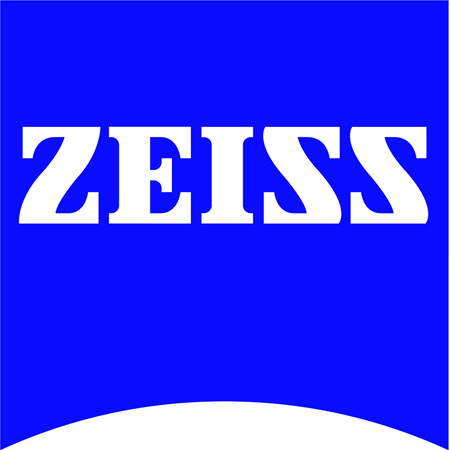
ZEISS
As a leading manufacturer of microscopes ZEISS offers inspiring solutions and services for material research and quality assurance.
From entry-level to high-end, from micro to nano – choose the ideal microscope solution for your application from the broadest product portfolio on the market.
Stand T17

InoCure s.r.o.
InoCure is a company with strong expertise in electrospinning and electrospraying technology – especially in their application on the field of life science, healthcare, and pharmaceutical industry. We build pilot-scale modular electrospinning/spraying unit for research laboratories and also industrial scale unit for large production. InoCure also provides 3D Cell Culture and custom encapsulation service to research lab around the world.
Stand T18
